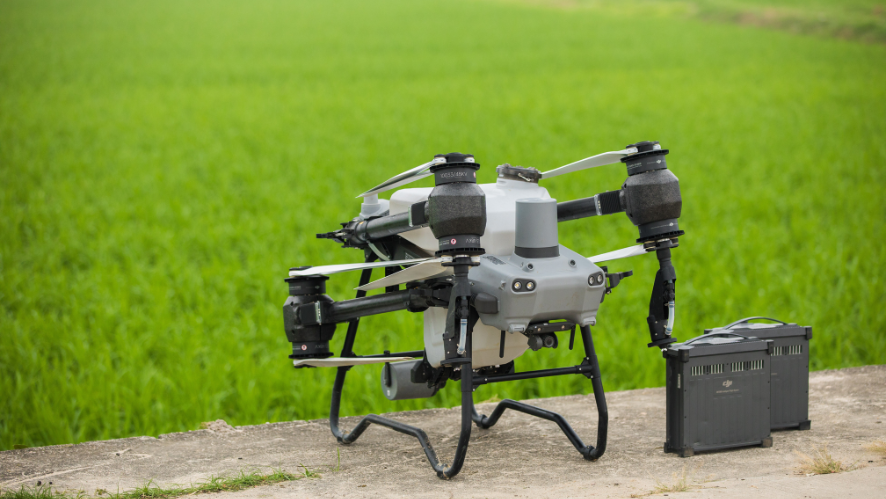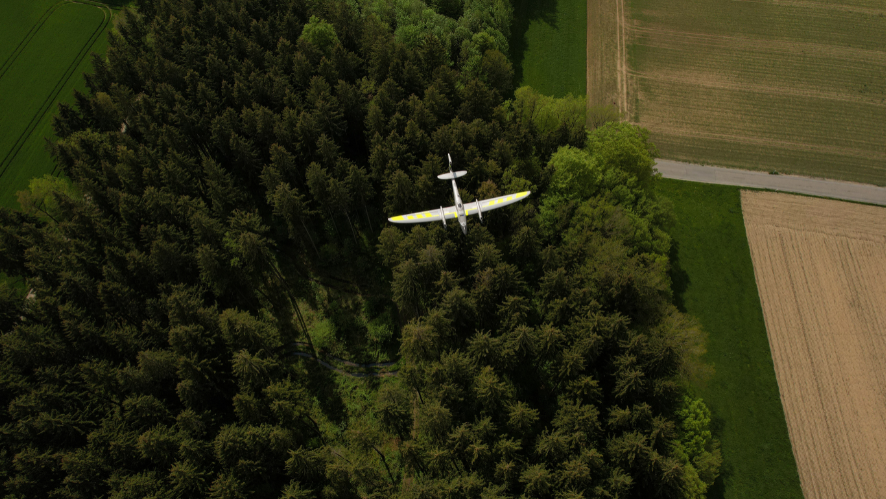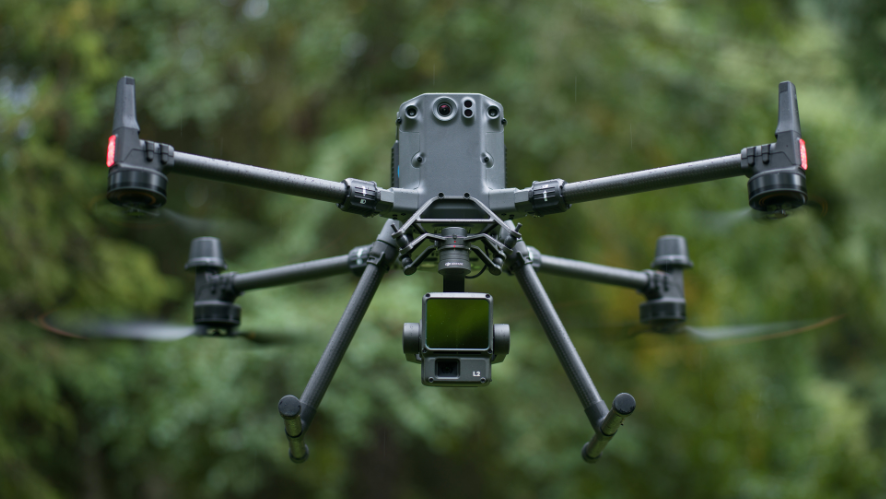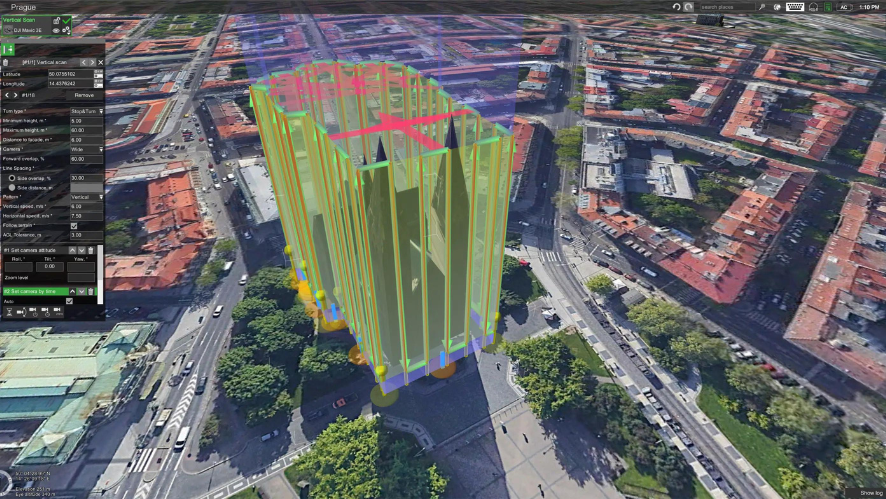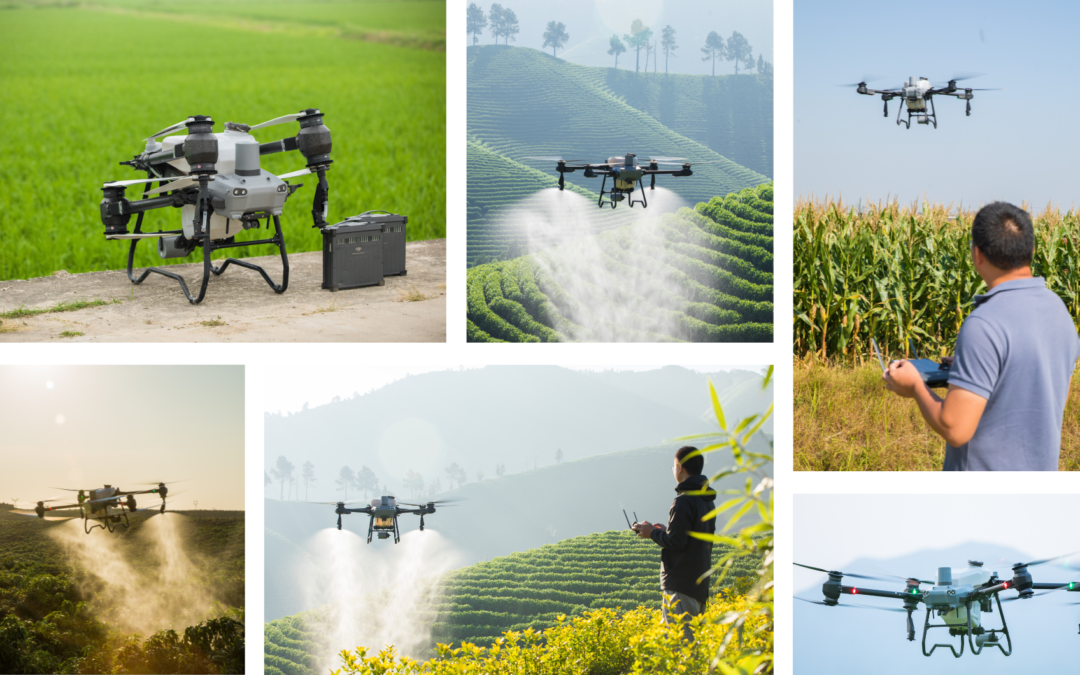More than half of the year has passed and some of the main agricultural fairs in the country have already taken place. HPDRONES was present at some of them and was able to learn about the latest developments in the agricultural market. We can see that Portugal has a long way to go when it comes to the use of drones in agricultural activities, but it is moving in the right direction and has a promising future.
News on drones in agriculture and their advantages
In recent years, drone technology has made significant advances, transforming several sectors, including agriculture. Recent upgrades in agricultural drones are bringing new capabilities and benefits that are revolutionizing the way farmers manage their farms. This article discusses the major technology upgrades in agricultural drones and the benefits they bring to the industry.
Technology upgrades in agricultural drones
- Advanced sensors:
Modern drones are equipped with high-precision sensors, including multispectral and thermal cameras. These sensors capture detailed images of crops, making it possible to analyze plant health, identify pests and diseases, and monitor water stress.
- Integration with Artificial Intelligence (AI):
Incorporating AI into drones enables faster and more accurate analysis of collected data. Advanced algorithms can process large volumes of data in real time, providing actionable information to farmers. This includes early detection of problems and recommendation of corrective actions.
- Greater autonomy and load capacity:
New batteries and more efficient motors increase the autonomy of drones, enabling longer flights and coverage of larger areas without the need for frequent recharging. In addition, drones with greater payload capacity can transport and apply agricultural inputs, such as fertilizers and pesticides, more efficiently.
- Greater precision and automation:
With the use of high-precision GPS and advanced flight planning software, drones can perform tasks with extreme precision. This is crucial for operations such as pesticide application and planting, where precision can mean significant savings and improved yields.
Advantages in the agricultural sector
- Accurate control and diagnosis:
Drones allow constant and detailed monitoring of plantations, providing a complete and real-time view of crop health. This makes it possible to detect problems at an early stage, enabling rapid interventions and reducing losses.
- Reduce costs and increase efficiency:
Thanks to their ability to cover large areas quickly and with less labor, drones significantly reduce operating costs. In addition, the precise application of inputs minimizes waste and improves efficiency in the use of resources such as water, fertilizers and pesticides.
- Increased productivity:
The combination of accurate monitoring and timely intervention contributes to increased agricultural productivity. Farmers can make data-driven decisions, which improves crop yields and product quality.
- Environmental sustainability:
Efficient use of agricultural inputs, made possible by drones, contributes to more sustainable practices. Accurate application of pesticides and fertilizers reduces environmental impact and minimizes contamination of soil and water resources.
- Accessibility and flexibility:
Drones offer a flexible solution for different types of terrain and weather conditions. They can access areas that are difficult for traditional machines to reach and operate in conditions where the use of tractors and other equipment would not be feasible.
HPDRONES has the solutions you need for your crops and operations.
The upgrade of drones in agriculture is opening new frontiers for innovation and efficiency in the sector. The benefits offered by these advanced technologies are enormous, including cost savings, increased productivity and environmental sustainability. As technology continues to evolve, drones are expected to play an increasingly central role in agriculture, transforming it into a smarter and more sustainable activity.
Take a look at agricultural drones:
- DJI Mavic 3 Multispectral – It combines an RGB camera with a multispectral camera to digitize and analyze crop growth with total clarity. Managing agricultural production requires precision and data, and the 3M Mavic delivers both.
- DJI Agras T25 – Lightweight and agile, it can be easily operated by one person. It can carry a spraying payload of up to 20 kg or a spreading payload of up to 25 kg. It is equipped with front and rear phased array radars, a binocular vision system and a high-resolution FPV gimbal camera.
- DJI Agras T50 – It can carry up to 40 kg of spray and 50 kg of spread, further increasing its efficiency and coverage capacity in agricultural operations. With the added benefit of an extremely fast loading time of 9 minutes.
We are committed to environmental sustainability by providing tools that help farmers apply inputs more efficiently and responsibly. With these technologies, HPDRONES is transforming agriculture, making it smarter, more efficient and sustainable. If you need an expert, please contact us.
________________________________________________________________________________________________







